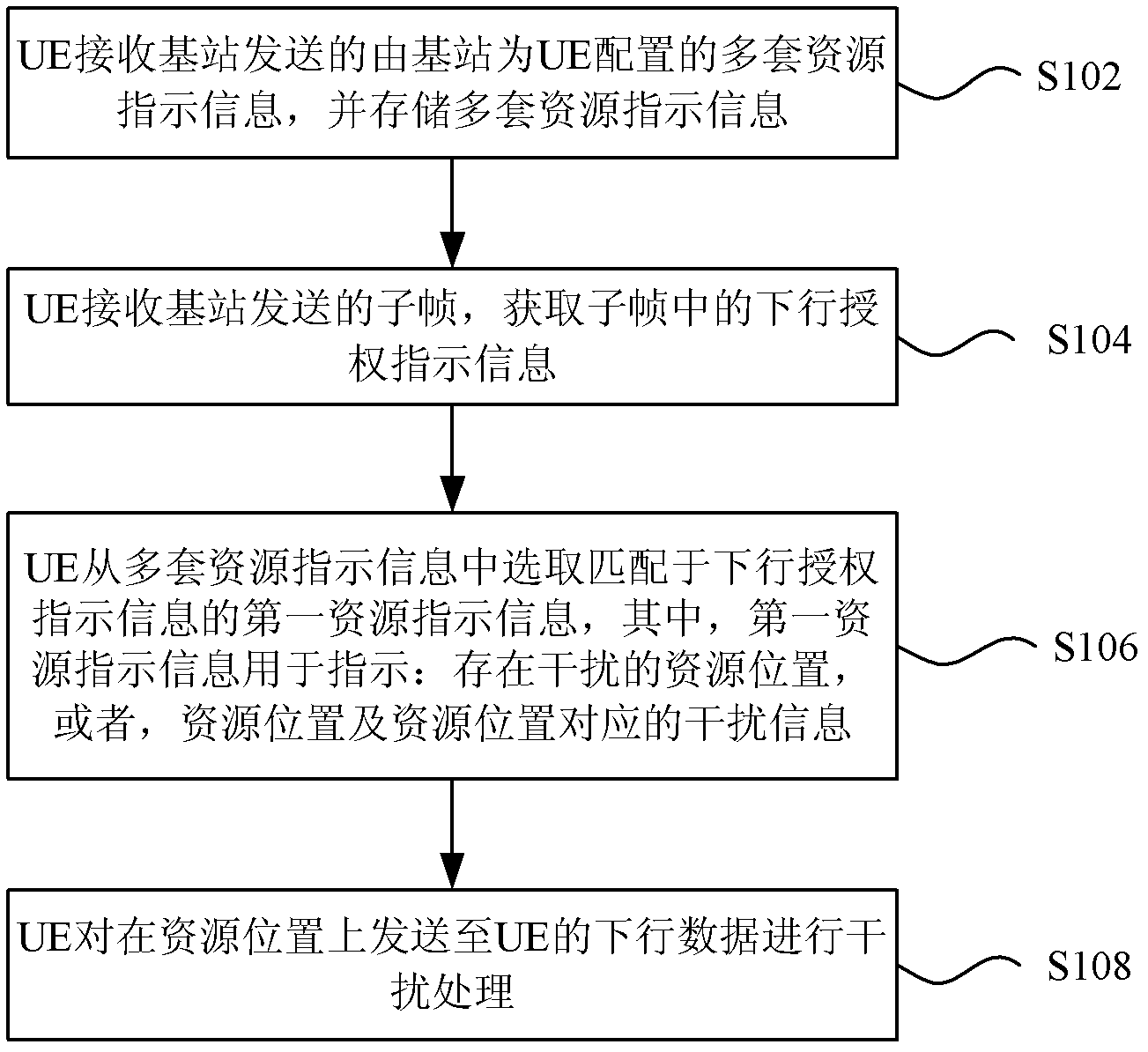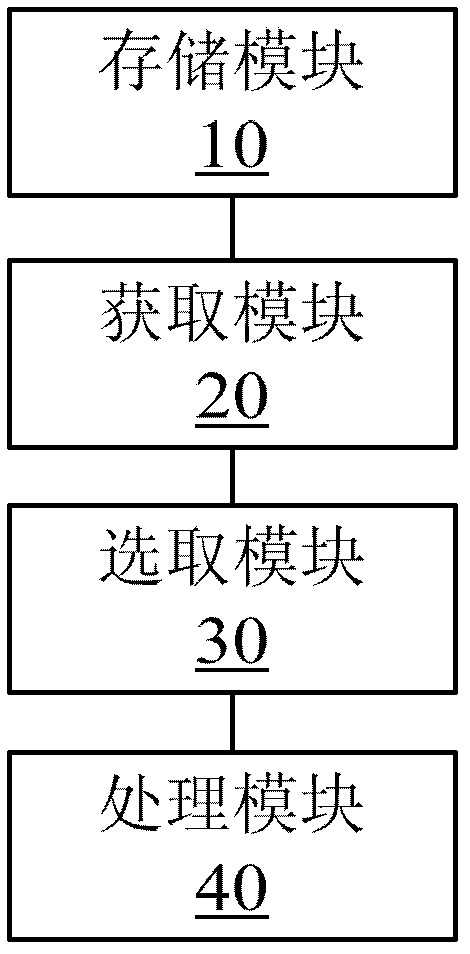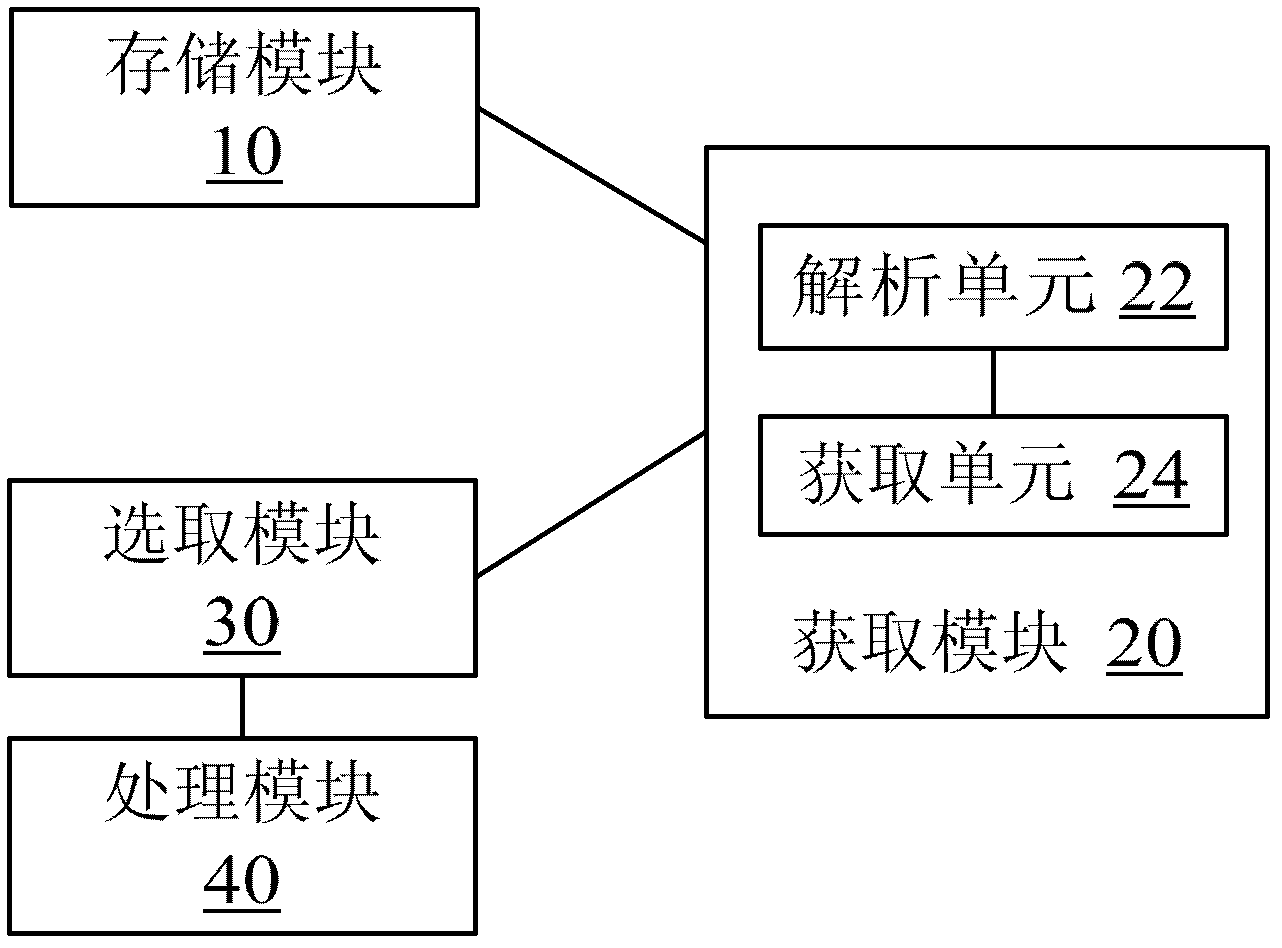Processing method and device of downlink data
A technology of downlink data and processing methods, which is applied in the field of communication, can solve problems such as resource waste, data interference, and data merging errors, and achieve the effect of reducing resource waste and avoiding interference
- Summary
- Abstract
- Description
- Claims
- Application Information
AI Technical Summary
Problems solved by technology
Method used
Image
Examples
Embodiment 1
[0057] Assuming that UE1 is a user of R11, the base station side configures multiple sets of resource positions (or resource positions and interference information at corresponding positions) for UE1 through high-level signaling, and then in the PDCCH area or EPDCCH on the subframe where UE1's downlink service needs to be scheduled The area sends DL_Grant (that is, downlink grant) information to indicate that there is UE1's downlink data in the current subframe, UE1 performs blind detection on this subframe to obtain DL_Grant, and UE1 then according to the indication information in DL_Grant (in practical applications, in bits The data exists in the form of data, and these bit data are used to indicate the format of the downlink authorization control information) The antenna port indication information in the DCI (Downlink Control Information, downlink control information) Format 2C is obtained through blind detection to determine the multiple sets of resource positions configure...
Embodiment 2
[0059] Assuming that UE1 is a user of R11, the base station side configures multiple sets of resource positions (or resource positions and interference information at corresponding positions) for UE1 through high-level signaling, and then in the PDCCH area or EPDCCH on the subframe where UE1's downlink service needs to be scheduled The zone sends DL_Grant information to indicate that there is UE1's downlink data in the current subframe, and UE1 performs blind detection on the subframe to obtain the indication information in the DL_Grant. Then UE1 obtains the new data indication information in the Disable TB block in DCI Format 2C through blind detection to decide which one of multiple sets of resource positions (or resource positions and interference information of corresponding positions) configured by the base station to use. For example: UE1 selects the first resource position (or the resource position and the interference information of the corresponding position) when obta...
Embodiment 3
[0061] Assuming that UE1 is a user of R11, the base station side configures multiple sets of resource positions (or resource positions and interference information of corresponding positions) for UE1 through high-level signaling, and then in the PDCCH area or EPDCCH area on the subframe that needs to schedule the downlink service of UE1 The DL_Grant is sent to indicate that the downlink data of UE1 exists in the current subframe, and UE1 performs blind detection on the subframe to obtain the indication information in the DL_Grant. Then UE1 obtains the new data indication information and antenna port indication information in the Disable TB block in DCI Format 2C through blind detection to decide which of the multiple sets of resource positions (or resource positions and the interference information of the corresponding positions) configured by the base station to use set. For example, UE1 selects the first set of resource locations (or resource locations and interference info...
PUM
 Login to View More
Login to View More Abstract
Description
Claims
Application Information
 Login to View More
Login to View More - R&D
- Intellectual Property
- Life Sciences
- Materials
- Tech Scout
- Unparalleled Data Quality
- Higher Quality Content
- 60% Fewer Hallucinations
Browse by: Latest US Patents, China's latest patents, Technical Efficacy Thesaurus, Application Domain, Technology Topic, Popular Technical Reports.
© 2025 PatSnap. All rights reserved.Legal|Privacy policy|Modern Slavery Act Transparency Statement|Sitemap|About US| Contact US: help@patsnap.com



